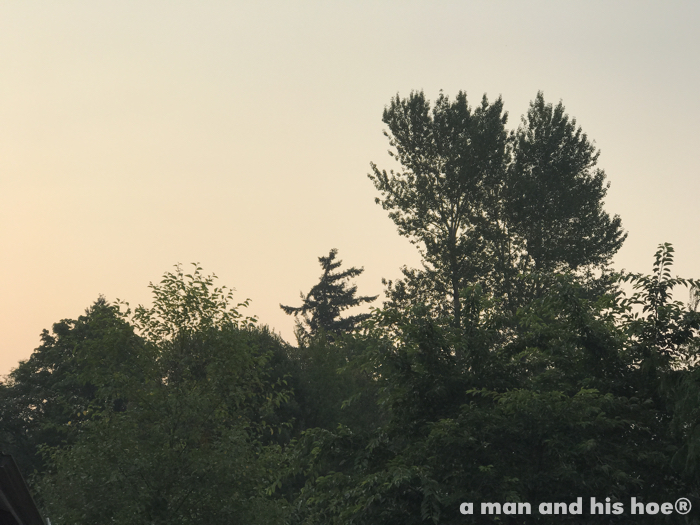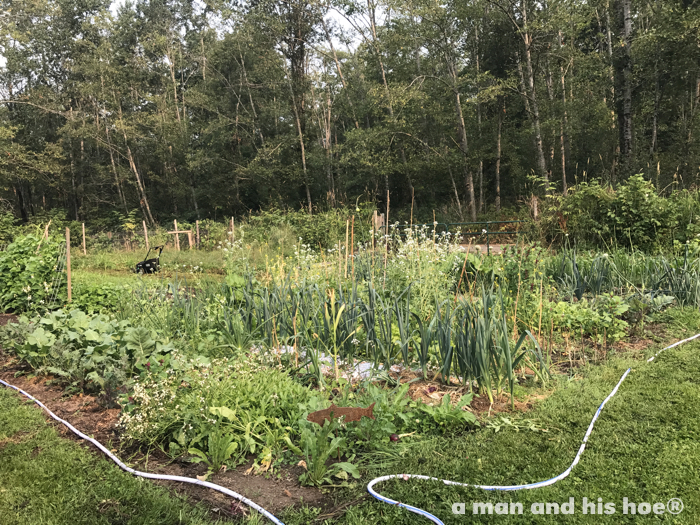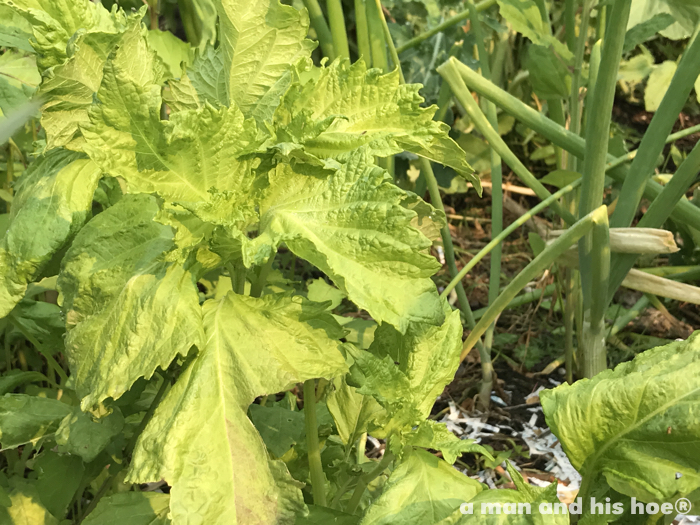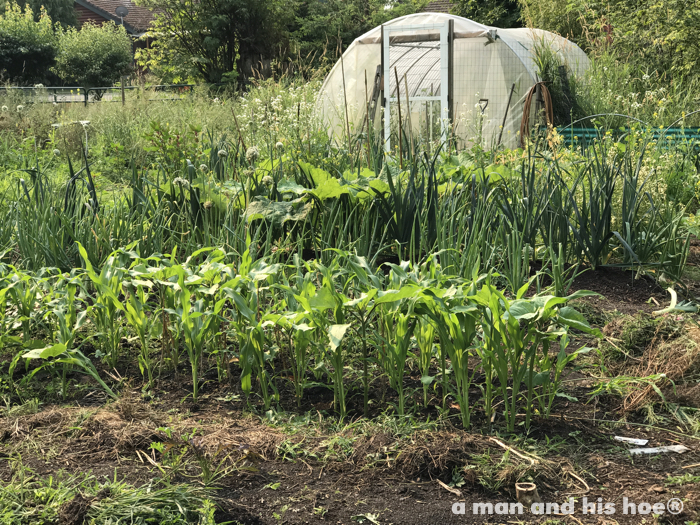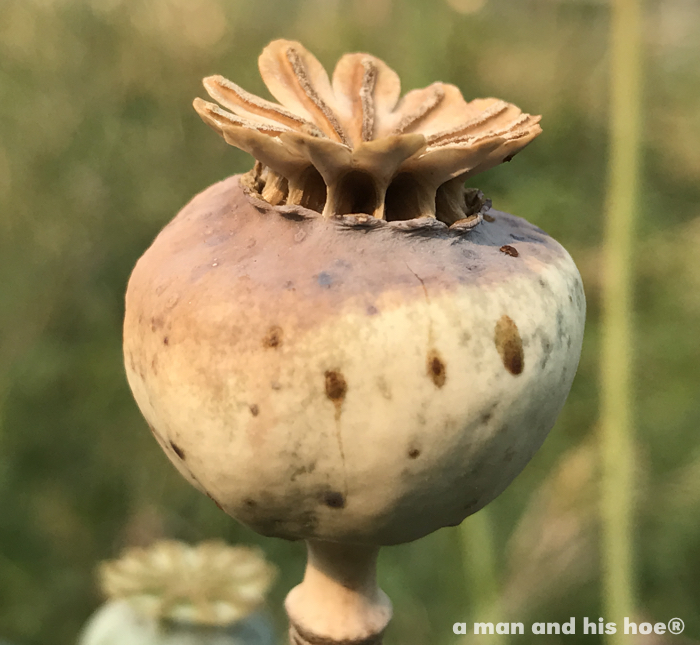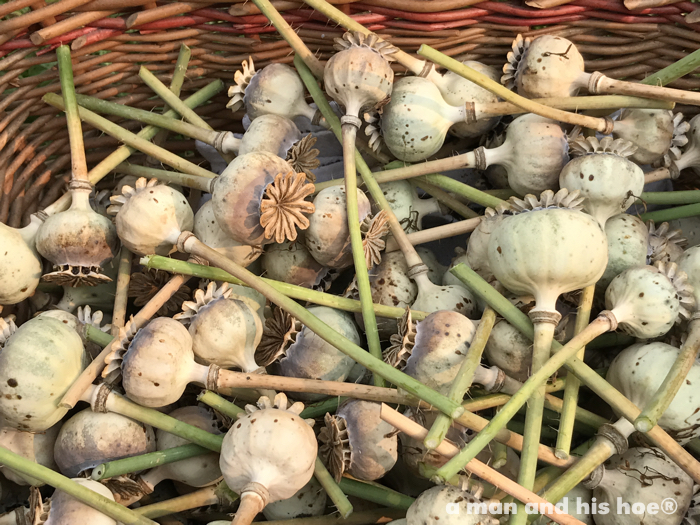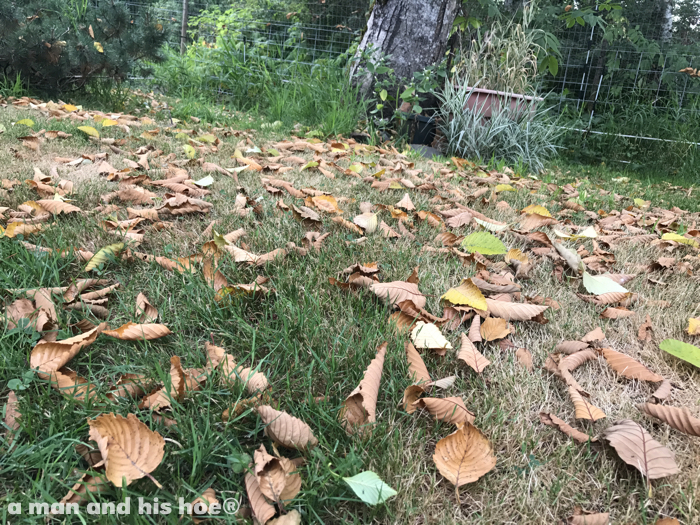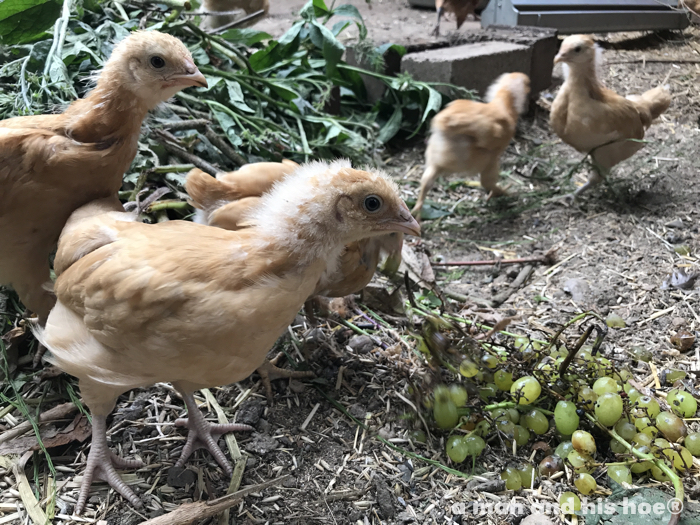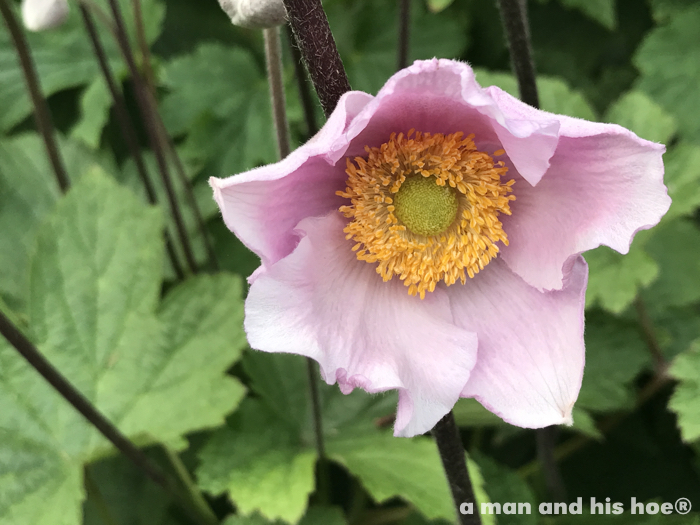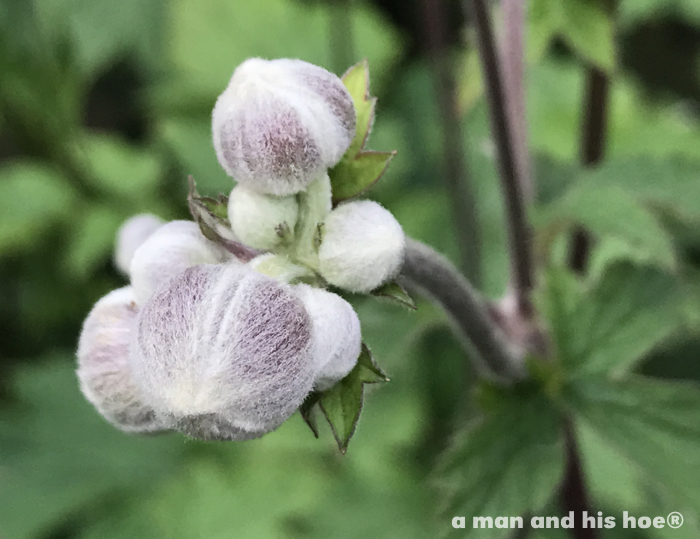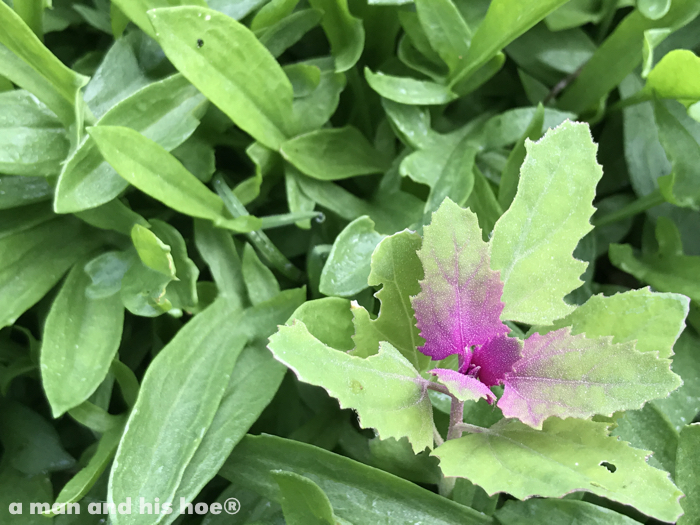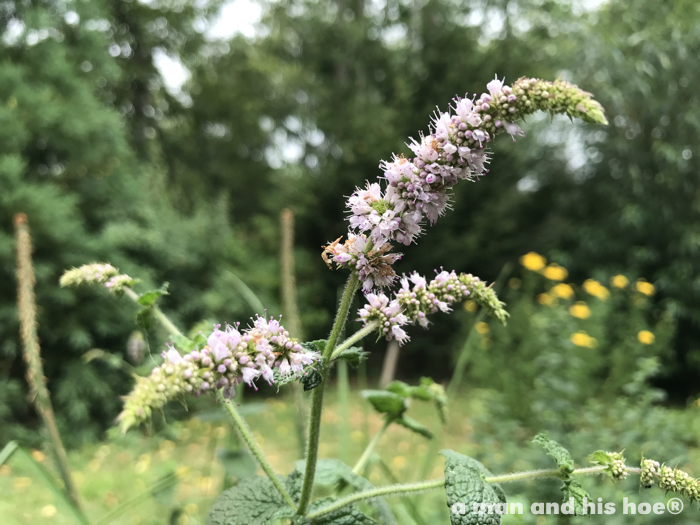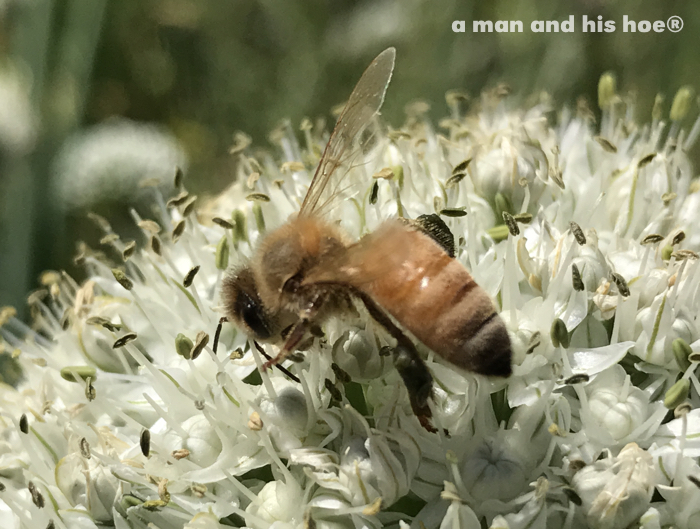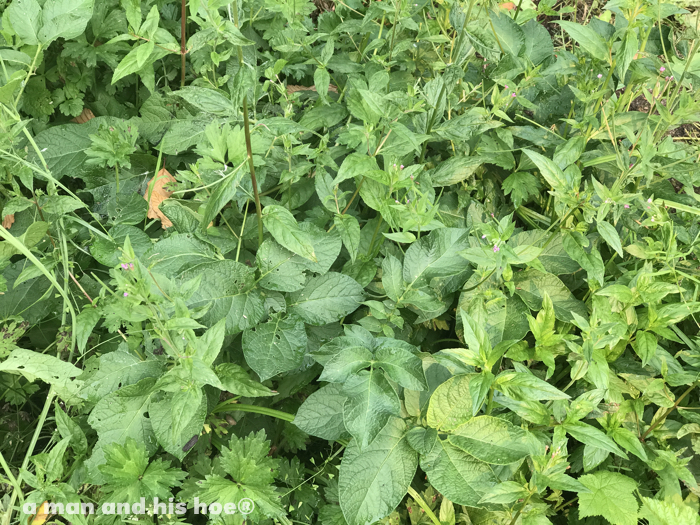
One of my potato beds is so full of other plants, some might call them weeds, that it’s hard to see where the potato plants are. Yet, when I dug up the potatoes this morning, the soft dirt yielded a mountain of spuds.
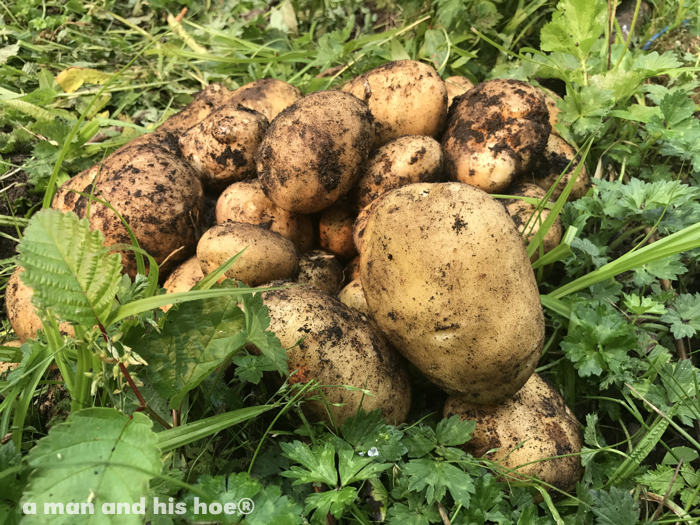
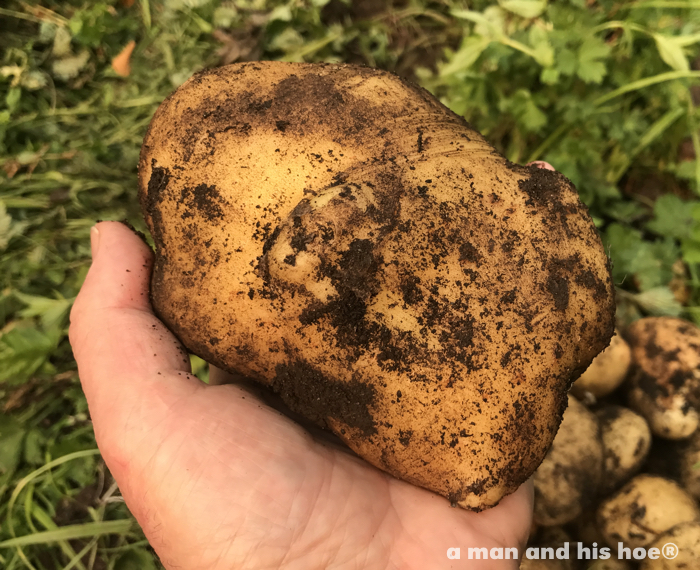
Including this monster which weighed in at 585 grams, over 20 ounces. This one is not leaving the house. We’ll feast on it for a few meals.


I tend to have good luck letting potato beds go feral. There is something about having a diverse set of plants growing with the potatoes. It’s not like the other plants are stealing from the potatoes. It’s more like they are all helping each other, each one contributing something to the soil that the other plants enjoy. It’s how plants evolved, with a large variety of other plants. It may be how they prefer to grow. It could be that potatoes, growing in thousand acre fields, with no other plants in sight, pine for the touch of a different plant’s roots tickling theirs, to feel a different plant’s leaves brushing their leaves.
Plants pump many exudates in the forms of thousands of complex sugars into the soil through their roots, and in the process, nurture a complex ecosystem of micro-organisms which in return provide the plants with an equally complex variety of nutrients. It may be that plant A nurtures micro-organisms that other plants never dreamed of cultivating, but that makes them say, “Wow!” how did you do that Plant A?
